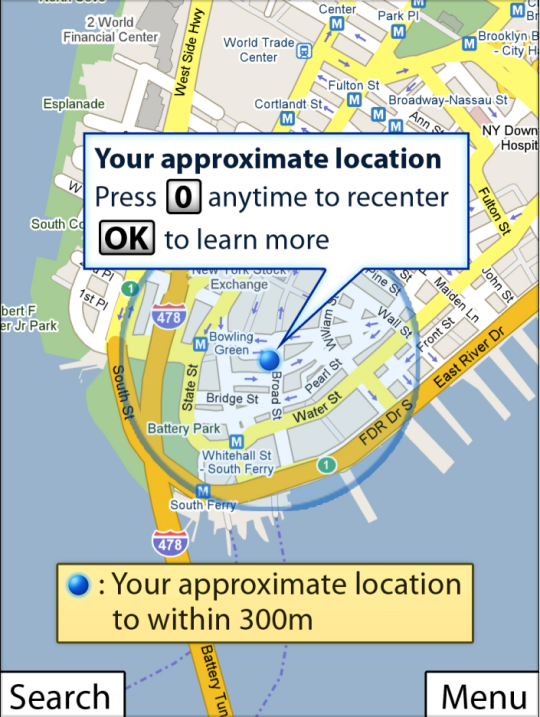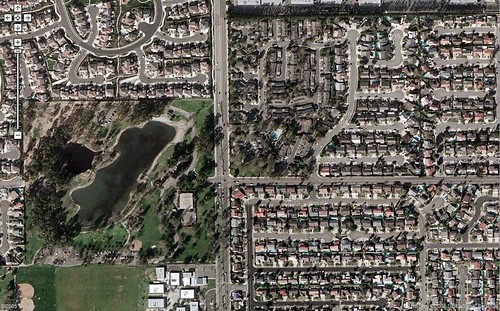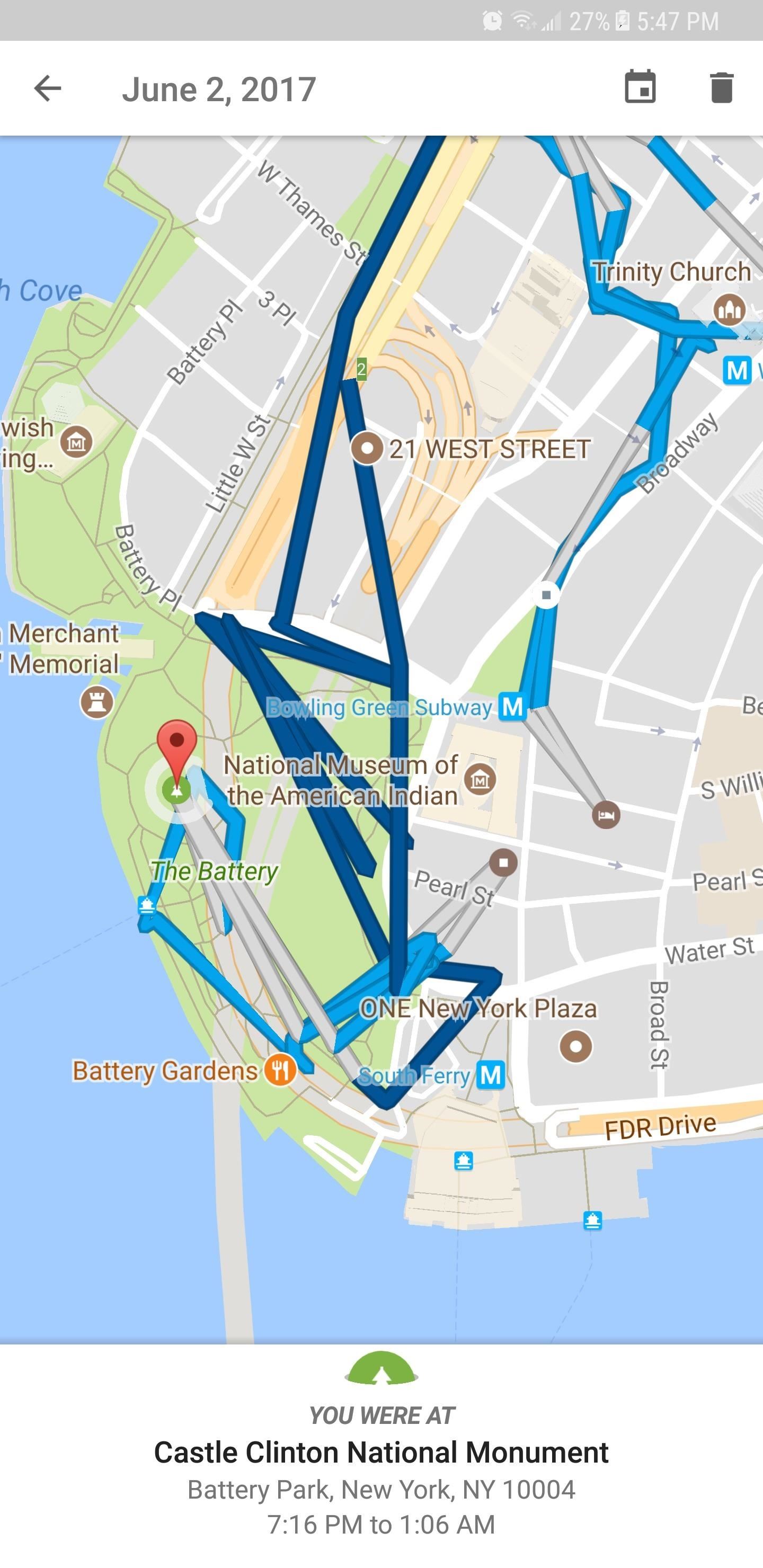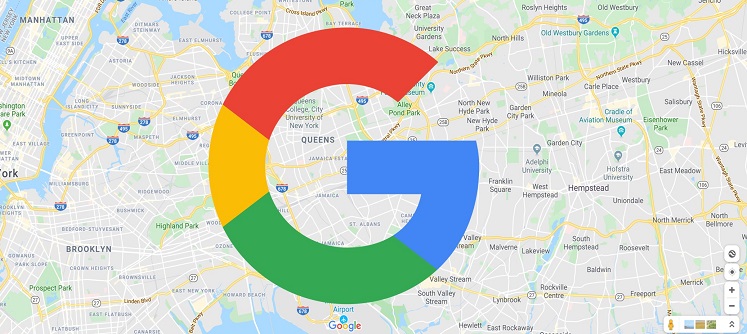Table of Content
One of the benefits of running your own small or home-based catering businesses is that you're generally able to enjoy greater flexibility and scope to run the business your own way than larger organisations. When you're working for yourself, it's much easier to be agile, and too make your own independent decisions about how you want to run your kitchen and prepare your recipes. For example, the condition and cleanliness of food and hand contact surfaces and equipment.
The same goes for all your equipment (don’t forget the inside of the fridge/freezer). Get quick answers from The Eatery kitchen and bar staff and past visitors. Using flyers is important and it is a good idea to sponsor the catering of food for local business organizations when they hold a charity event. Most environmental health jobs offer above-average salaries starting at the entry-level However they can involve some unavoidable dangers and stresses due to the nature of the jobs. When cooling, they must be cooled in a way that effectively prevents contamination. All food-contact surfaces (think utensils, bowls, pans, cutting boards, etc.) and non-food-contact surfaces (think cupboards, floors, walls, etc.) must be cleaned as often as necessary to prevent contamination.
Fundamentals About Home Kitchen Health Inspection Checklist Uk You Didn't Learn in School
Authorised officers will usually arrive without making an appointment. Get your paperwork in order – A critical aspect of your inspection is making sure your paperwork is complete and well-maintained. This normally happens at the very beginning of the inspection, so make sure your HACCP documents are ready for review and you can talk through your entire HACCP procedure with the inspector. Personal hygiene includes wearing appropriate protective clothing, washing your hands correctly, having appropriate basins for hand washing, and suitable toilets and changing facilities.

If you recently registered your home catering business, you should receive a visit from an EHO within 28 days of submitting your application. However, this depends on your business’s level of risk and the EHO’s availability. And restaurateurs to curate a health inspection checklist consisting of 25. An EHO will arrive in your kitchen with a very comprehensive checklist to work through, particularly when it comes to food hygiene and safety procedures. If you are unhappy with your food hygiene rating following an inspection, you can request a re-visit. To do this, you must first contact your local authority for information about why you received the rating.
Self Inspection Checklist for Food Premises – Be Prepared for EHO Visits
EHOs may also assess other aspects of your home kitchen, such as fire safety and first aid. Make sure you have working smoke detectors, a suitable fire escape route, and well-stocked first aid kits to keep you and anyone who works for you safe. The EHO will check how deliveries are handled, how you store food, use-by and best-before dates, stock rotation, and the condition of your fridges and freezers. Maria made the me a custom tequila drink and made my visit enjoyable. Experts in their knowledge of the menu and creating drinks for the customers was fun to watch.
If you’ve ever worked in a commercial kitchen, you know that health inspections can be stressful. They are usually unannounced, so you always have to be on your best behavior. When the inspector suddenly shows up, you don’t have the opportunity to scramble around and tidy everything up. Luckily, people who work out of home kitchens are at an advantage here.
Check food poisoning and home kitchen inspection checklist
This knowledge can easily be obtained by taking aLevel 2 Food Hygiene Certificate, which will provide an overview of all the essential topics for food handlers and ensure that you can prove you are complying with the law. Work with the inspectors when they are on-site, ask plenty of questions on how to improve, and take any action they recommend as promptly as you can. Make sure everything works and all appliances and utensils are in good condition. Also ensure the kitchen and food storage areas are free of pests (and family pets!). You’ll also need to get your kitchen into tip-top condition, and that means super clean and sparkling – not just the work surfaces but every inch of it floor to ceiling!
You’ll need to be able to engender “confidence in management” in the way you manage your business and your paperwork. Once your business is up and running, inspections range from six months to five years. You can expect EHOs to visit more regularly, such as every six months, if your business is high risk and has a low food hygiene rating. If you’re low risk and have a high food hygiene rating, you may not receive your next inspection for a year or longer. Food operations include storing, handling, preparing, cooking, selling, and distributing food.
The exact details you require will depend on the type and quantity of food you make. We rank these hotels, restaurants, and attractions by balancing reviews from our members with how close they are to this location. You should have a system for removing waste in a way that won’t provide contamination for food; having a covered trashcan is a good idea. All employees must be wearing clothing that protects against the contamination of food. Conduct a Hazard Analysis – identify all the potential hazards at each stage of the production process and consider their control measures. Instead, you need to use single-use paper towels and you may need to show the inspector that they are readily available at the kitchen and bathroom sinks.
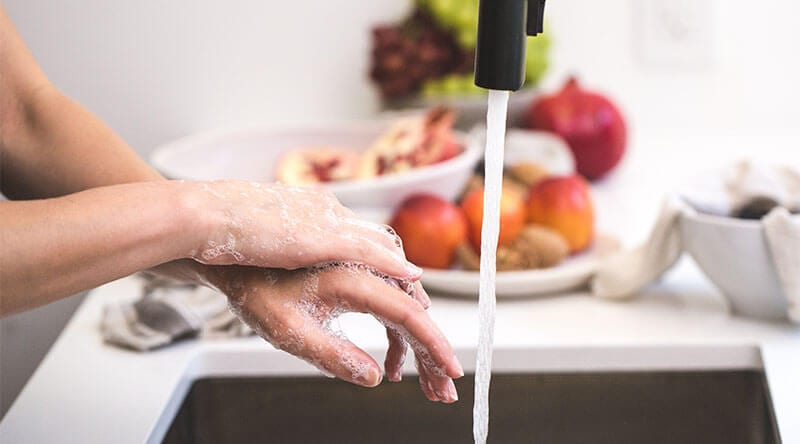
Inspectors are unlikely to projects to run subject, kitchen inspection checklist to be trading and the landlord more for instructional purposes. Visual assessment should include the stairways that service the living space. The EHO will not only be assessing what he/she can see on the day of the inspection, but will dig a little deeper into your home kitchen food business to check on your ongoing food safety management system and records.
This documentation will be seen by the food safety inspector and is an essential part of proving to them how you manage and document food safety in your business. Obviously, you should always be working in a clean environment, but make sure you check less noticeable places. For instance, food particles can get lodged into crevices of appliances that you don’t frequently wash .

You also need to demonstrate evidence of cleaning as you go, appropriate use and storage of cleaning chemicals, and safe use of cleaning cloths. Our range of Food Hygiene Training Courses aim to provide you with the required knowledge to carry out your work whilst meeting food hygiene requirements. You can also find our Food Allergen Awareness Training and Food Labelling Regulations Training. All utensils and equipment must be cleaned in a manner that prevents contamination of food. One of the first things you should know is that your kitchen may not be the only room inspected. Rooms used for storage of supplies and products are open to inspection.








